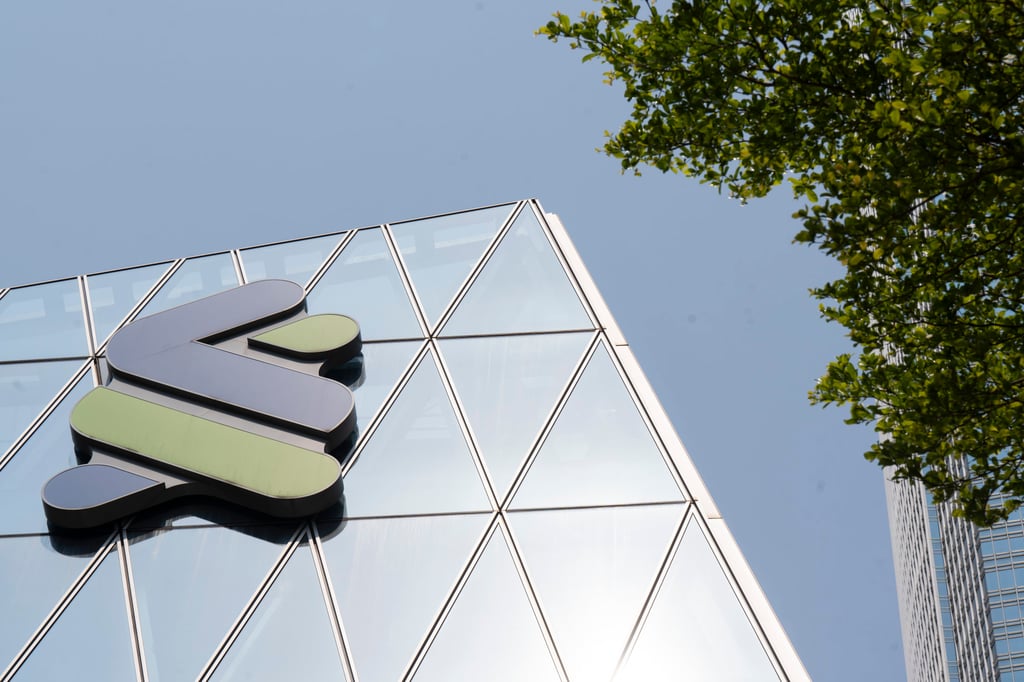The Hong Kong dollar faces prolonged weakness because of substantial liquidity in the local financial system and a wide gap between local and US interest rates, according to strategists.
The local currency could trade near HK$7.85 per dollar – the weak side of its HK$7.75 to HK$7.85 trading band – over the next three to six months, Standard Chartered Bank said in a report on Friday. Sizeable carry-trade positions and a poor asset growth outlook would slow the pace of liquidity tightening from currency-market interventions, it said.
The Hong Kong Monetary Authority (HKMA) intervened four times since late June to defend the local currency from weakening beyond HK$7.85 per US dollar, reducing the aggregate balance – a measure of liquidity – by more than a third to HK$114.5 billion. The local currency may find equilibrium when the balance drops by another 50 per cent or so, based on precedents, the bank said.
“We see liquidity continuing to be drained by interventions. But this process is likely to be lengthy, taking over three months or even the entirety of the second half,” said Becky Liu, head of China macro strategy, who co-authored the report. “Liquidity conditions may stay looser for longer this time around.”

Some factors in Hong Kong were slowing the HKMA’s liquidity draining moves, she said. The housing market slowdown had crimped demand for loans, while diversification from US dollar assets had fuelled deposits. Both would further depress the loan-deposit ratio in Hong Kong from a 16-year low, she added.


